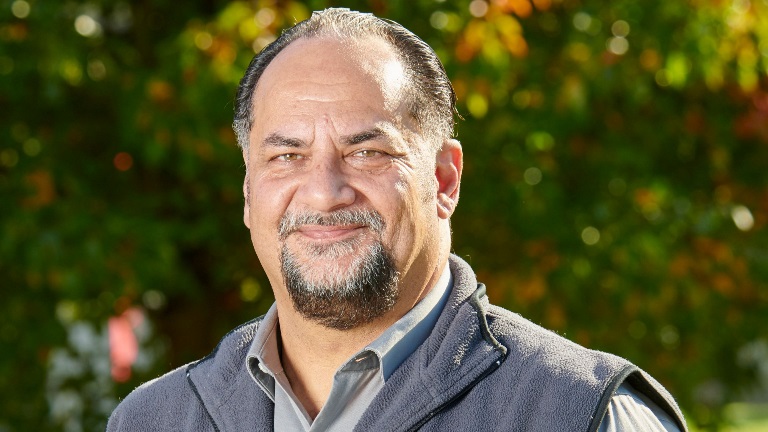Waikato District Council wants to know which busy streets may cause problems if an earthquake was to happen.
To keep communities safe, the Building (Earthquake-prone Buildings) Amendment Act 2016 requires all Councils to identify buildings which may pose a higher risk to public safety in the event of an earthquake. To do this, Councils must identify busy streets where an earthquake could cause people to be injured from falling masonry, or where important roads or routes could be blocked.
New Zealand has been divided into three seismic risk areas – high, medium and low, and there are set time frames to identify, assess and remediate earthquake-prone buildings based on these. The Waikato district has towns in medium and low risk seismic areas.
As required by legislation, Waikato District Council has identified three towns in the medium seismic risk area that it considers to have a high volume of pedestrian traffic or vehicles. These are Huntly, Ngaruawahia and Te Kauwhata.
“In the medium risk areas Council must identify roads, footpaths and other thoroughfares that are near buildings containing unreinforced masonry and have high pedestrian traffic,” says Waikato District Council Building Quality Manager Merv Balloch. “This will help us prioritise buildings which may require earthquake strengthening or repair. We want to make sure our streets are as safe as possible in an earthquake. This does not apply to standard residential dwellings.”
Council is now seeking feedback on the high pedestrian traffic areas that have been identified and proposed in these towns.
“The Act requires community assistance to help determine ‘high pedestrian traffic areas’ so we are asking for feedback. We believe the streets we have identified have the highest volume of foot traffic and cars, but we want to hear from you. Have we got it right?”
Under the Act, earthquake-prone buildings that provide a higher level of risk to people's lives or are critical to recovery in an emergency are considered priority buildings.
Some buildings are automatically categorised as priority buildings based on their purpose such as hospitals or emergency response services. Other buildings may be identified as priority buildings due to their proximity to thoroughfares and strategic routes or because they have unreinforced masonry buildings in high pedestrian areas.
All priority buildings must be identified, assessed and remediated in half the amount of time allowed for other earthquake-prone buildings, to reduce the risk to public safety.
This means owners of priority buildings must strengthen or demolish earthquake-prone priority buildings within 12.5 years from the date the earthquake-prone building notice is issued, says Mr Balloch.
- Central Business District Area (Main Street), Huntly
- Bridge Street, Huntly
- Central Business District Area, Ngaruawahia
- Main Street, Te Kauwhata
People can provide feedback until 5pm on Friday 13 May. The easiest way to do this is to make your comments online but paper copies of all the relevant documents and submission forms are also available at all Council offices and libraries.
You'll find more information here.



